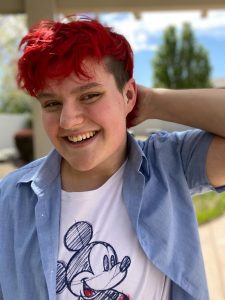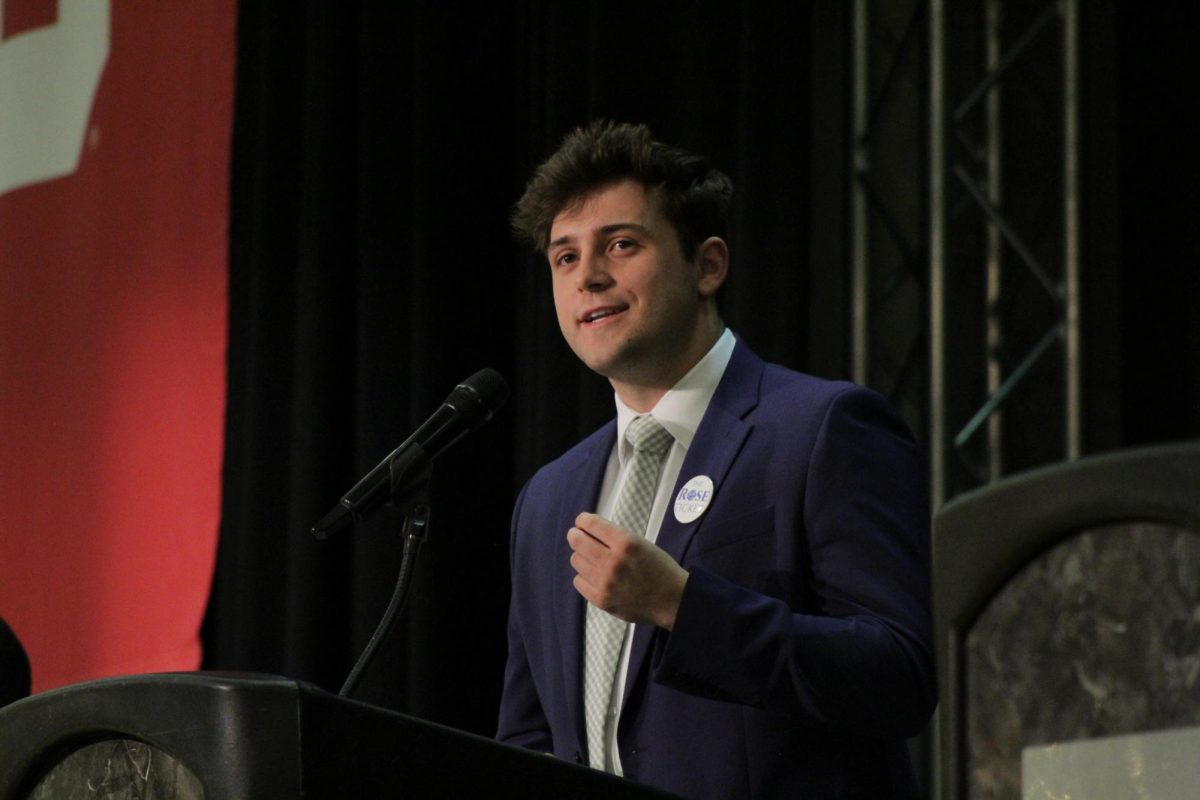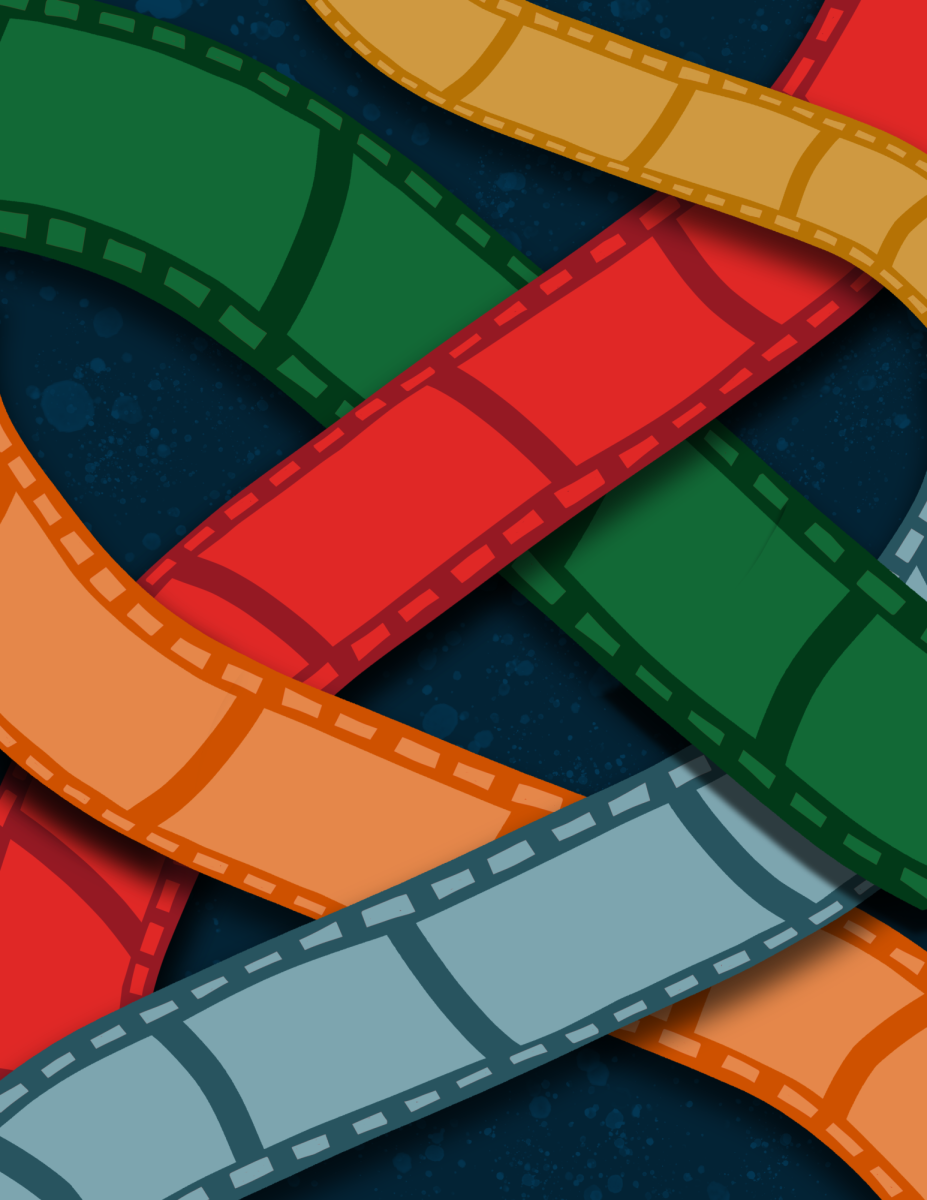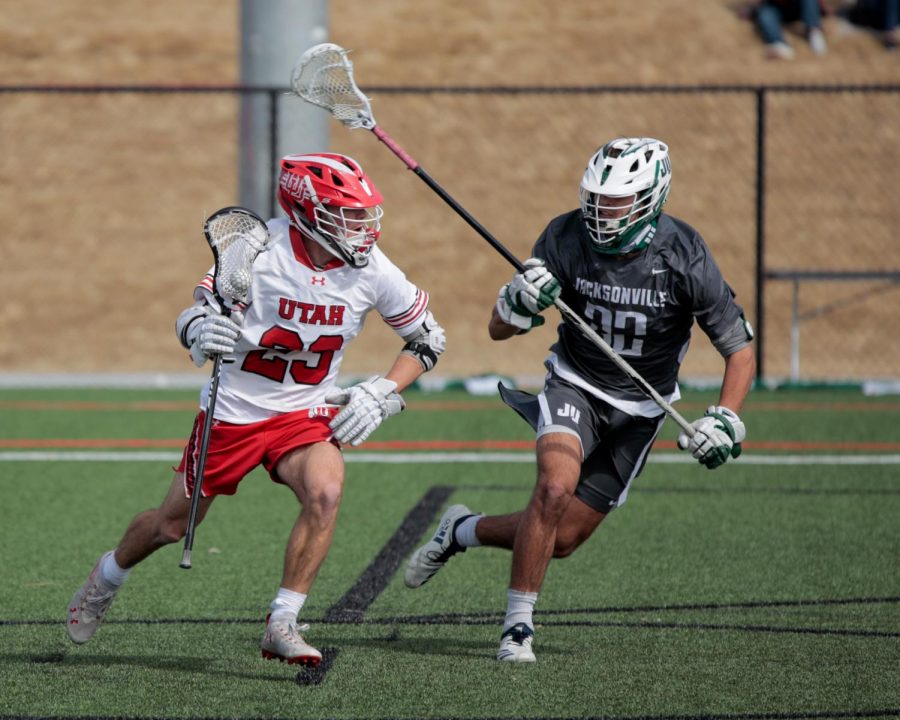Why We Need More Positive Disability Representation in Media
May 7, 2021
The media that we consume — TV, books, music, painting, photography and more — is a vital part of how we communicate ideas and express ourselves to others. Naturally, people are often drawn to media that they find themselves represented in.
However, representation isn’t readily available for a variety of individuals who belong to marginalized communities, notably LGBTQ+ people and people of color, for a variety of reasons. Whether this problem stems from funding, casting or a lack of inclusion based on the nature of the project, another type of marginalized representation is woefully inadequate: the representation of disabled individuals.
The Statistics
Despite efforts of TV series such as Speechless and documentaries like Crip Camp, the number of television shows featuring recurring characters with disabilities is still disproportionately lower than shows that feature no disabled characters. GLAAD (Gay & Lesbian Alliance Against Defamation) conducts an annual “Where We Are on TV” study in order to highlight disparities in representation of marginalized groups. In the 2019-2020 study, GLAAD found that series regulars with disabilities made up only 3.1% of characters on television shows. The 2020-2021 study found that the number of television shows regularly featuring disabled characters had risen to 3.5% — an annual increase of just 0.4% across all television programs.
Numbers aside, there is an importance to ethical and correct representation within pop culture and entertainment media. While there are television programs that feature disabled actors and characters, there often arises much debate about whether or not actors who are not disabled should be allowed to portray characters with disabilities. “Ideally, anybody should be able to play any body, but only when there is a truly level playing field of opportunity,” said actor and writer Mat Fraser, who himself identifies as disabled, in an interview with The Guardian.
As long as good representation doesn’t take away roles from individuals belonging to the communities that are being represented, it provides a way for disabled individuals to have their experiences validated in the media. But as a disabled woman myself, I know that seeing disabled actors portray disabled characters is just as important.
Going Beyond Numbers
Growing up with cerebral palsy, a mobility impairment developed during birth, I was never consciously aware of how impacted I was by lack of representation in the television shows and books that I was consuming until I started college. In watching “Breaking Bad” — the popular television show that brought representation of cerebral palsy closer to popular culture — I found myself wanting so badly to see more actors like RJ Mitte in the media. Mitte was diagnosed with cerebral palsy as a toddler, and is a strong advocate for children and teens with disabilities.
Forming personal connections to the media that we consume is important and wonderful. It sparks fan communities and drives creativity, but also affirms the existence and visibility of groups of people. While representation has been making a larger and more expansive effort in recent years, there is still work to be done before every body and community is represented.












